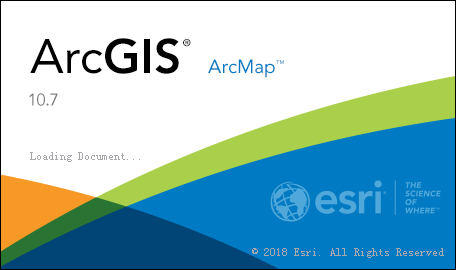Perihelion and Aphelion
Perihelion and Aphelion
According to Kepler's first law of planetary motion, all planets, comets, and asteroids in the Solar System have approximately elliptical orbits around the Sun. Hence, an orbiting body has a closest and a farthest point from its parent object, that is, a perihelion and an aphelion, known collectively as apsides. Orbital eccentricity measures the flatness (departure from a perfect circle) of the orbit.
Perihelion
- The word "perihelion" stems from the Ancient Greek words "peri", meaning "near", and "helios", meaning "the Sun".
- The perihelion is the point in the orbit of a planet, minor planet, or comet, where it is nearest to its orbital focus, generally a star.

Aphelion
- "Aphelion" derives from the preposition "apo", meaning "away, off, apart". (The similar words "perigee" and "apogee" refer to the nearest and furthest points in some object's orbit around the Earth.)
- it is the opposite of perihelion, which is the point in the orbit where the celestial body is farthest from its point of orbit.
The difference in distance between Earth's nearest point to the Sun in January and farthest point from the Sun in July is about 5 million kilometers (3.1 million miles). Earth is about 147.1 million kilometers (91.4 million miles) from the Sun at perihelion in early January, in contrast to about 152.1 million kilometers (94.5 million miles) at aphelion in early July.
Because of the increased distance at aphelion, only 93.55% of the solar radiation from the Sun falls on a given square area of land than at perihelion. In the southern hemisphere winter falls at the same time as aphelion. The decrease in solar radiation at aphelion, plus shorter periods of daylight cause, in general, less heat from the Sun to hit the southern hemisphere in winter than the northern hemisphere during its winter at perihelion six months later.
Courtesy: Wikipedia


Comments
Post a Comment